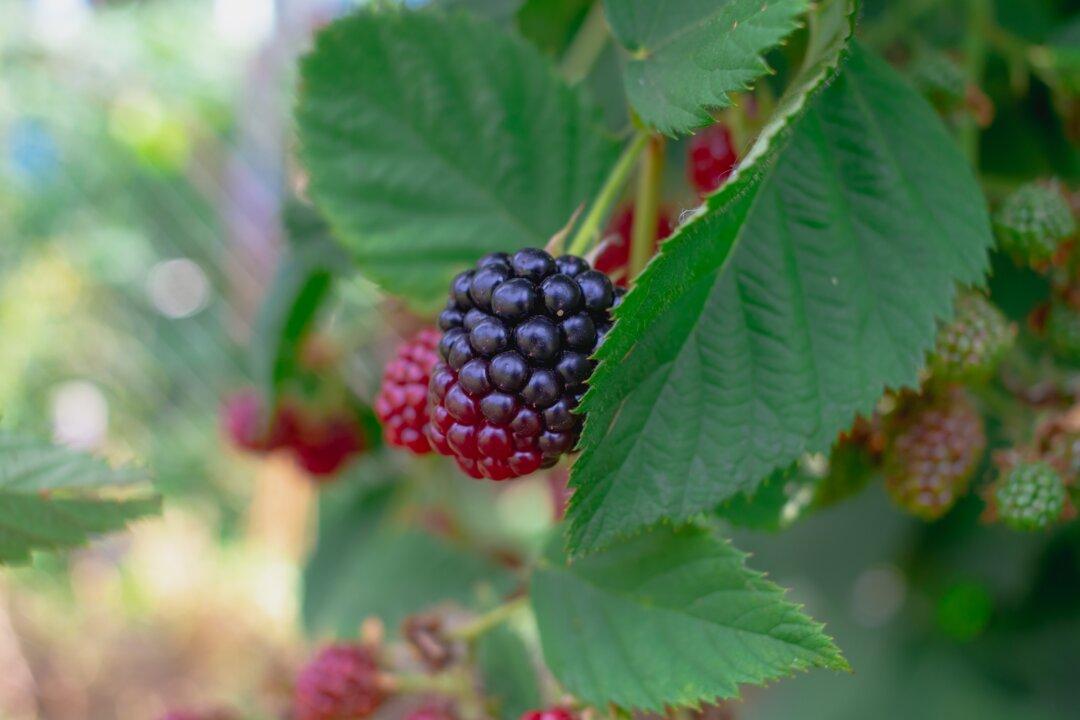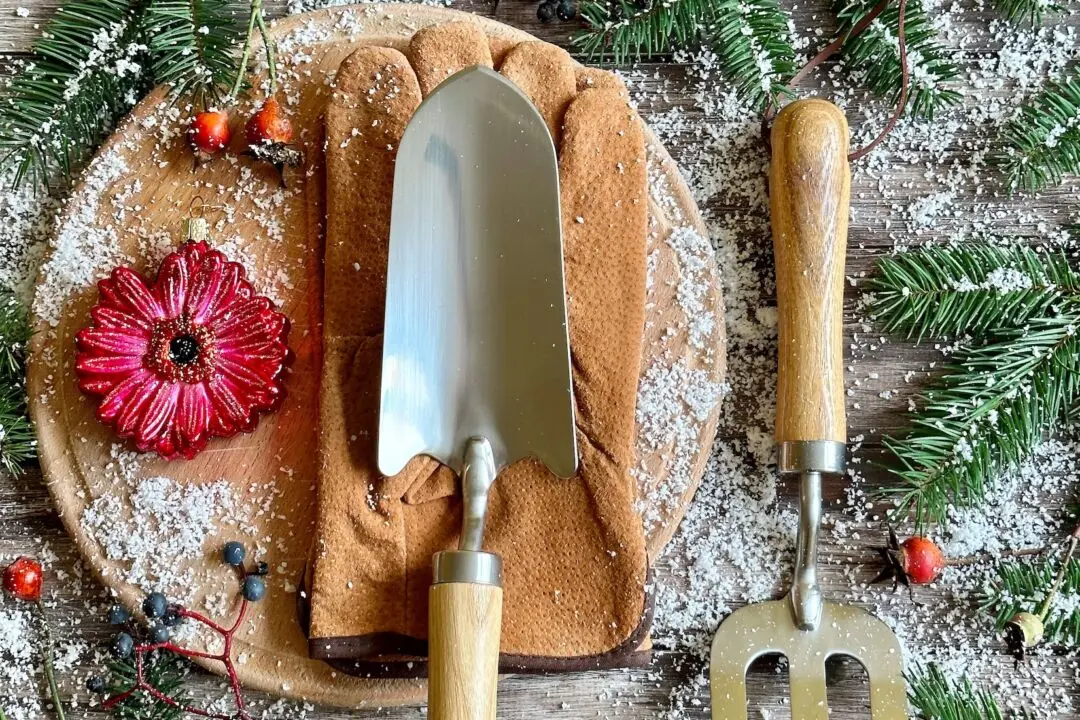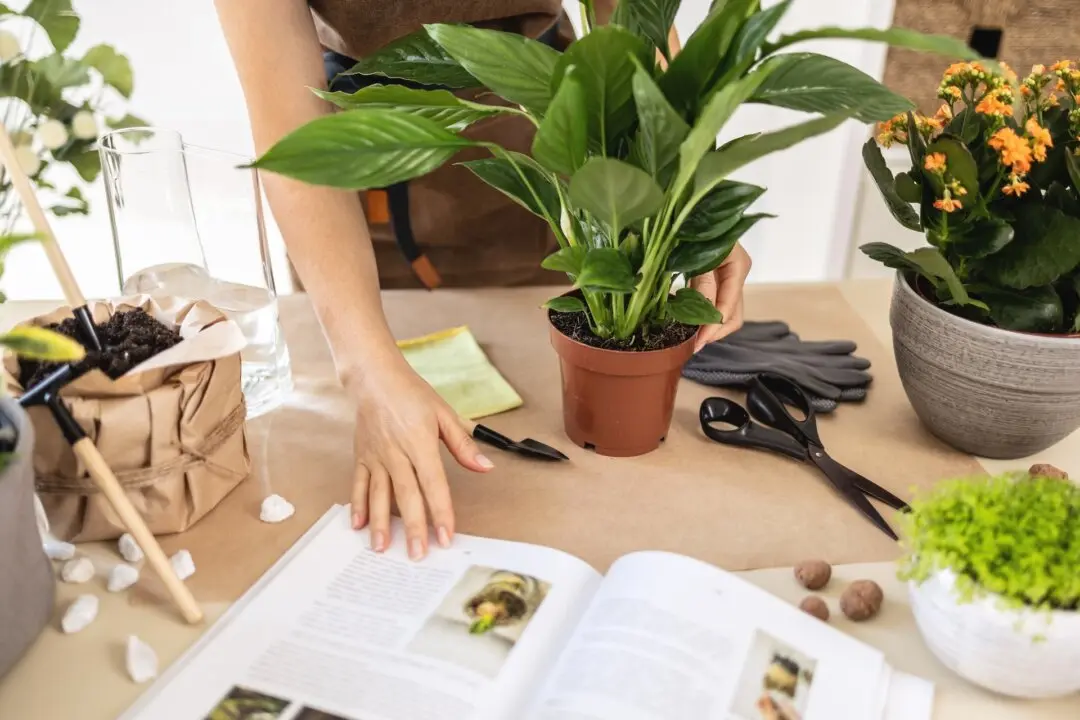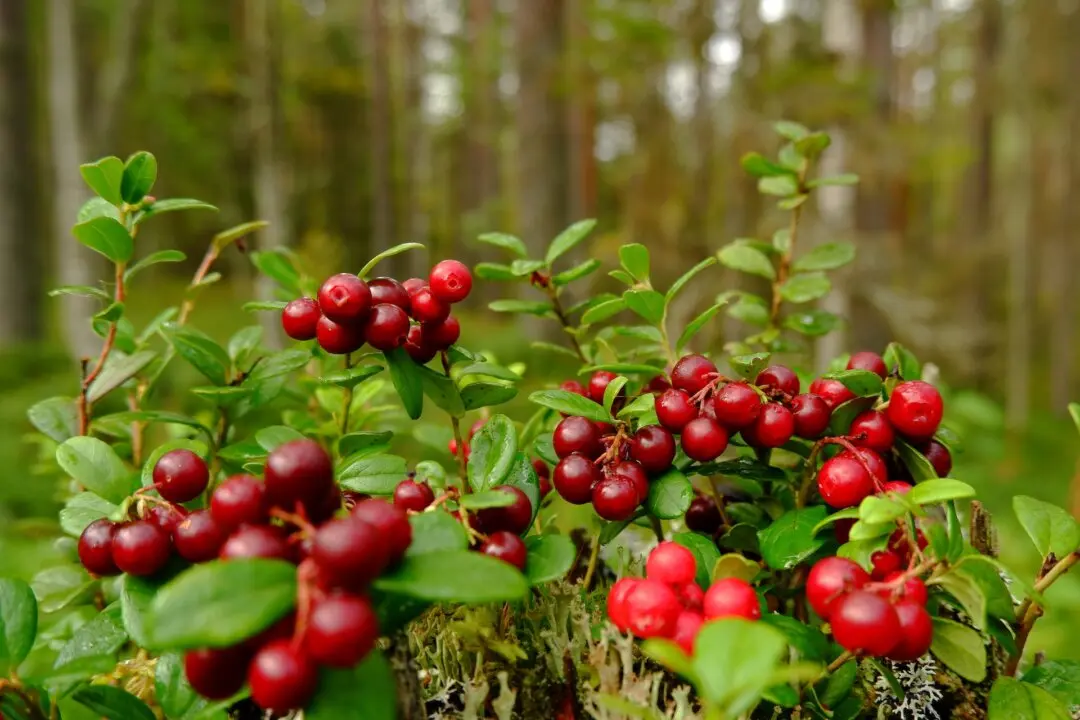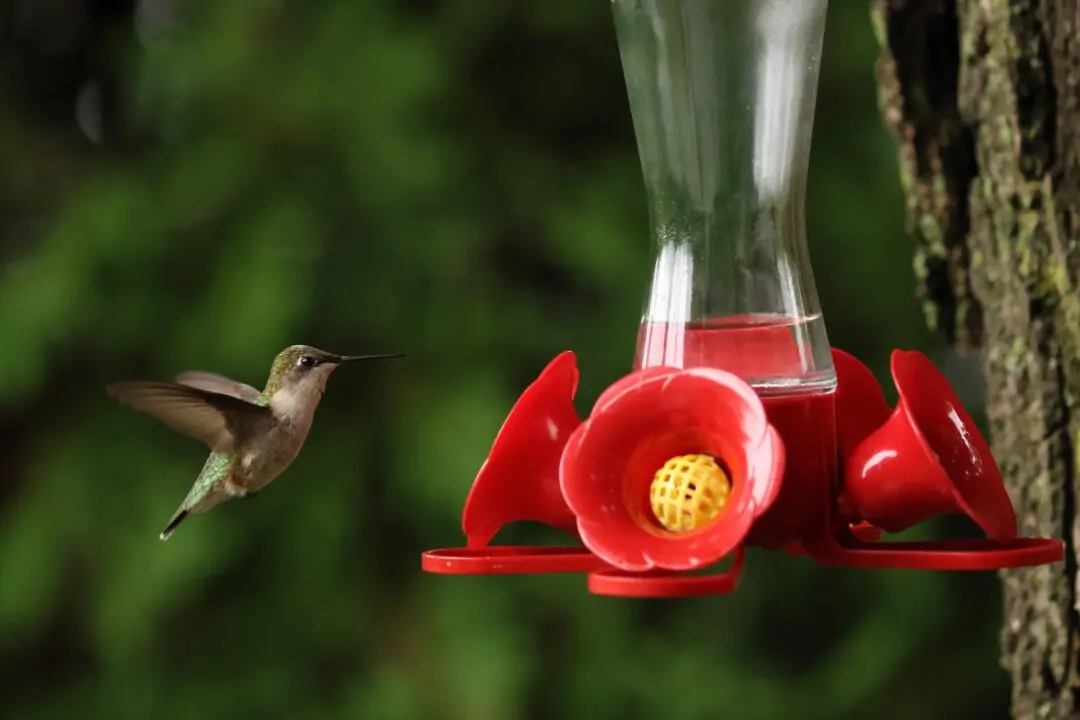Q: I was cleaning up my thornless blackberry row and came across several very thorny stems. Do blackberry plants revert back to being thorny and not thornless? The rest of the plants seem to have the normal number of stems coming up from the ground. What would be the best way to get rid of them without damaging the thornless plants?
A: I suppose it is possible to have thorny stems arise from the normally thornless plant, since that is probably the opposite of how we got thornless plants in the first place.

